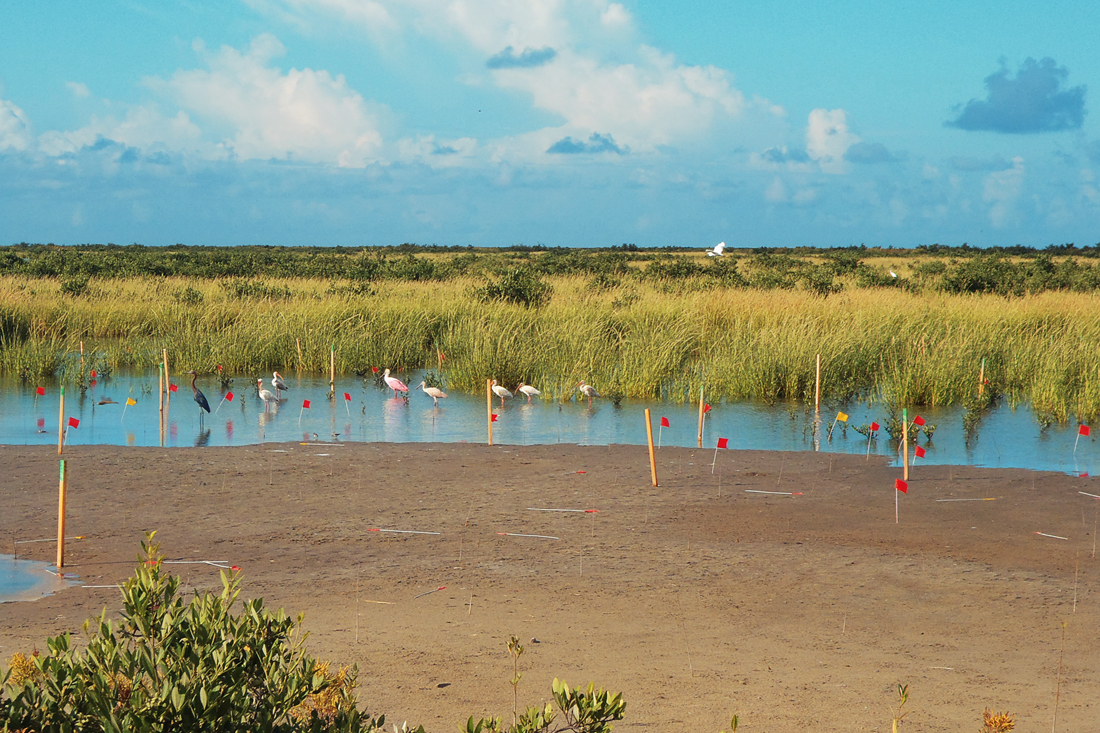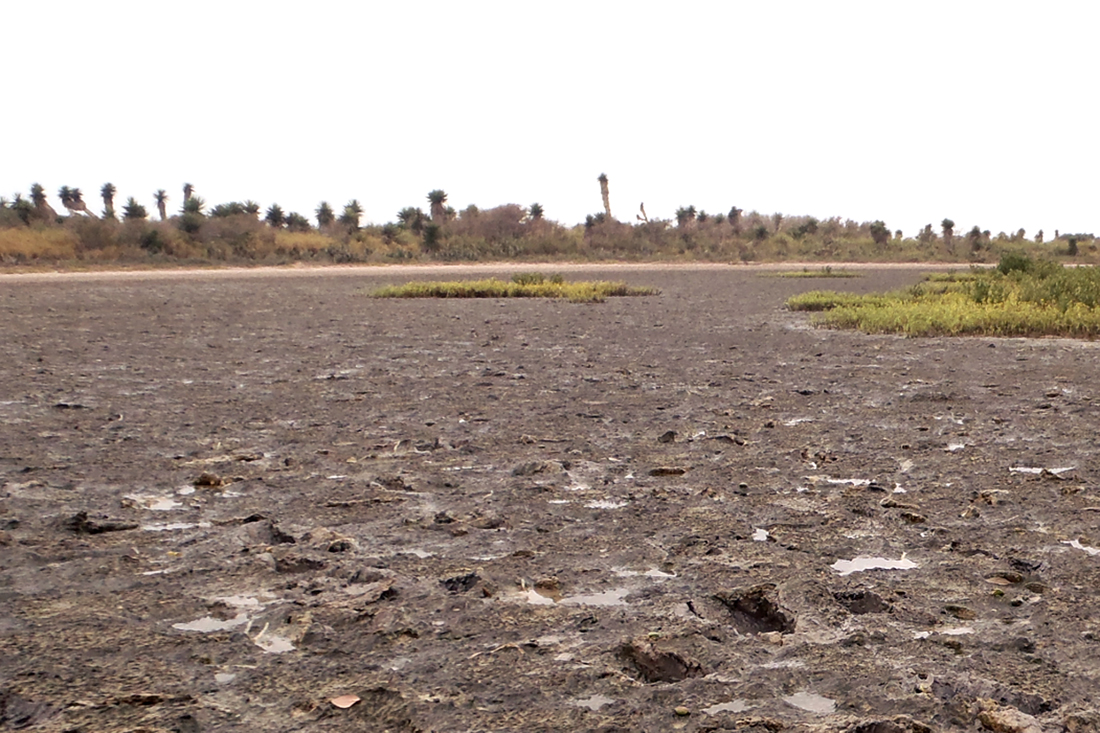
Climate change will affect the coastal wetlands of the northern Gulf of Mexico this century, according to a study conducted by a UTRGV assistant professor and researchers from the U.S. Geological Survey.
“The two key changes that are going to happen are a change from grassy marshes to mangrove forests, and that is going to change in areas that have decent amount of rainfall and are getting warmer. … The other big change is transition from basically more plants to fewer plants,” said Christopher Gabler, an assistant professor in the School of Earth, Environmental and Marine Sciences.
Michael Osland, a USGS research ecologist in Lafayette, La., is one of the authors of the study.
“So, what happens in those dry areas is that there is not much rainfall and not much fresh water,”Osland said. “So, the salts that are in the ocean water … that ocean water comes in to these wetlands and the water evaporates and the salts accumulate … until the area becomes so salty that plants cannot survive there, so we call that hyper-salting conditions.”
The paper, “Macroclimatic change expected to transform coastal wetland ecosystems this century,” was published Jan. 23 on nature.com and in the February issue of Nature Climate Change.
“Macro is a way of highlighting that these are changes at a large scale. … Macro is just to say that these changes are occurring at a big scale,” Osland said. “[The Laguna Madre] wetlands are really important, globally, and really unique. The study focuses on coastal wetlands and, globally, coastal wetlands are one of the most valuable ecosystems. They provide a lot of benefits to people.”
Gabler cited the benefits.
“So, for example, they protect us from storms and from floods, they purify water pollution, they prevent coastal erosion and they support strong fishery from the wildlife,” he said.

The research cost about $200,000 and was funded by grants.
“I think it is fair to say that this experiment cost about $200,000 … and that is not counting sort of the costs associated with all of the salaries that the people that worked on it,” Gabler said.
Besides Gabler and Osland, authors of the study are USGS research ecologists James Grace, Richard Day, Camille Stag, Stephen Hartley and Nicholas Enwright.
They started working on the paper in 2013. The fieldwork took a year and a half to be completed.
“It took a year and a half to do the fieldwork but, the better part of the year [was] to do the analysis and computer modeling and write the paper. Then, it was in review for almost a year,” Gabler said.
The purpose of this study was to establish a link between climate change and the way the coastal wetlands function to predict how they might change in the future, according to Osland.
The possible ecological changes will challenge society in every way, according to Gabler.
“A lot of climate change studies sound like there is no hope. … Climate change is a very serious threat and is going to have very powerful negative impacts on the world and our economy and our environment, but this study is more, showing more of what is a transitional change,” he said. “… So, even though this transformation is not all bad news, the transformation itself will challenge us as a society. So, we need to keep that in mind and we need to know what is coming and, hopefully, be adaptable and flexible and ready for that change.”
Gabler said he encourages undergraduate science students to get involved in research.
“I think all undergraduates should get involved in research someway. … Undergraduate research is one of the best things you can do as an undergraduate. It teaches you whether what you think you like about science or anything you really like. So, it will open your eyes to how science really works,” he said.





